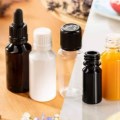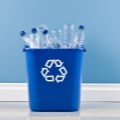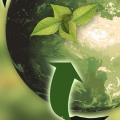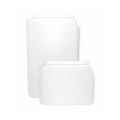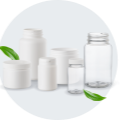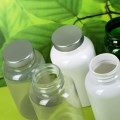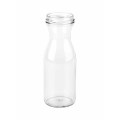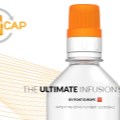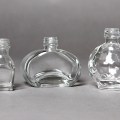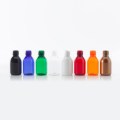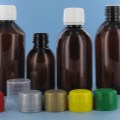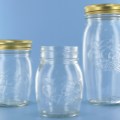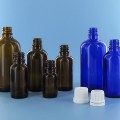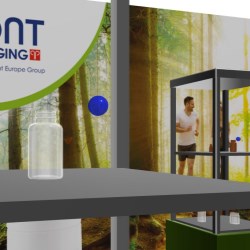Public
Pont Europe 3D Catalogue
Pont Europe Documents
Pont Europe Locations
Pont Europe News
Pont Europe Videos
If this is your company, CONTACT US to activate Packbase™ software to build your portal.


In this article, we are looking at one of the main pillars of sustainability - the material used to produce the packaging that incorporates recycled content.
The use of recycled materials is only possible, if we enable recycling through designing our packaging to be fit for recycling. This is currently not always possible, but we are looking for solutions to reach it.
Recycled plastics can be made out of two sources:
- post-industrial / pre-consumer material from productional/ industrial waste (PIR), which is mostly not contaminated,
- post-consumer waste (PCR), which is the waste from our households, and is contaminated with food residues and other materials. But it can also come from deposit systems, which are not contaminated by other materials and the food residues can be cleaned easily.
rPET, rHDPE and rPP are available from these sources.
PIR is a high-quality material and is often reused in related processes of the industry which produce it. This material is not ending up in the recycling system of the household waste. Some governments accept these PIR as recycled plastics for packaging (UK), some do not (DE). Depending on the source, the plastics can be certified for food contact or not.
Recycled PET - rPET
Currently, the only food-grade material approved by EFSA (European Food Safety Authority) from PCR is from PET bottle deposit systems e.g. in the Netherlands, Germany. The reason, why EFSA is certifying this PET as food-grade is, because the deposit systems don’t have a lot of contaminations by residues and are only contain food packaging. Because of this “closed” loop of PET food-grade material, the EFSA approved several recycling processes of this material to produce food-grade recycled PET.
Example: Petpackers out of rPET
The certified food-grade rPET is used to produce food packaging like Petpackers, which are not part of the deposit system anymore. The closed deposit-loop usually produces PET bottles over and over again from circulating PET material. This is a very efficient system with minimal material loss, and every material which will be taken out, needs to be replaced by virgin PET.
That means to produce food packaging from this rPET e.g. Petpackers, which will end up in the household waste, reduces the amount of bottle-to-bottle PET and the efficiency of the deposit system.
That’s why we agree in the fact that taking rPET out of this loop to use it in products and finally lose the material in the household waste, is not sustainable. To think about how to use the recycled rPET from this source is therefore necessary. A possibiliy is to use it only in clear Petpackers with PP or PE closure and a fitting label, to enable the recyclability. Even if the material won’t come back to a food packaging, it can be reused for non-food applications.
Recycled HDPE - rHDPE & rPP
The EFSA didn’t approve rHDPE or rPP materials as food-grade, because they usually end up in our household waste and are contaminated. To change this, there are some innovations that have been developed, but not yet implemented: The aim is to improve the sorting during the recycling process to be able to separate food from non-food packaging. This would enable producing more recycled PCR-plastics with food-grade.
One example is digital watermarks, which are invisible to the human eye, but detectable by cameras. These digital marks could be detected during the recycling process and the separation would follow.
But these developments still need time to be realised. As soon as this happens, we will include them to our portfolio of sustainable materials.
The quality and properties of recycled materials are similar to virgin material. But because it’s a mix of different qualities and already treated mechanically, it might be less flexible, darker and some other properties can be slightly different. Before it is used for our packaging, the suppliers and ourselves make tests to approve the material and occurred product for its use. These tests cover physiochemical behaviour like migration tests. But also product properties like colour & shape accuracy, load, filling, labelling, sealing, capping, sleeving, packing, shipping.


